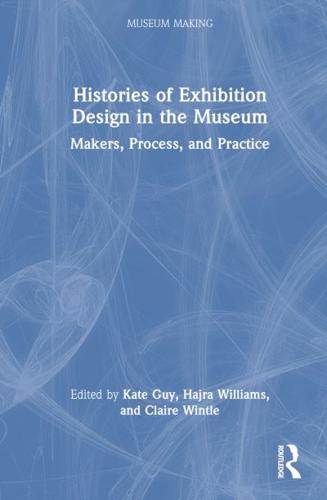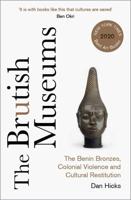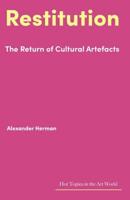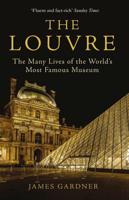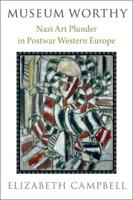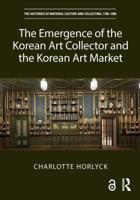Publisher's Synopsis
Histories of Exhibition Design in the Museum: Makers, Process, and Practice offers a new model for understanding exhibition design in museums as a human and material process. It presents diverse case studies from around the world, from the nineteenth century to the recent past.
It moves beyond the power of the finished exhibition over both objects and visitors to highlight historic exhibition making as an ongoing task of adaptation, experimentation, and interaction that involves intellectual, creative, and technical choices. Attentive to hierarchies of ethnicity, race, class, gender, sexuality, and ableism that have informed exhibition design and its histories, the volume highlights the labour involved in making museum exhibitions. It presents design as filled with personal and professional demands on the body, senses, and emotions. Contributions from historians, anthropologists, and exhibition makers focus on histories of identity, collaboration, and hierarchy 'behind the scenes' of the museum. They argue for an emphasis on the everyday objects of museum design and the importance of a diverse range of actors within and beyond the museum, from carpenters and label writers to volunteers and local communities.
Histories of Exhibition Design in the Museum offers scholars, students, and professionals working across the museum and design sectors insight into how past methods still influence museums today. Through a postcolonial and decolonial lens, it reveals the lineage of current processes and supports a more informed contemporary practice.
